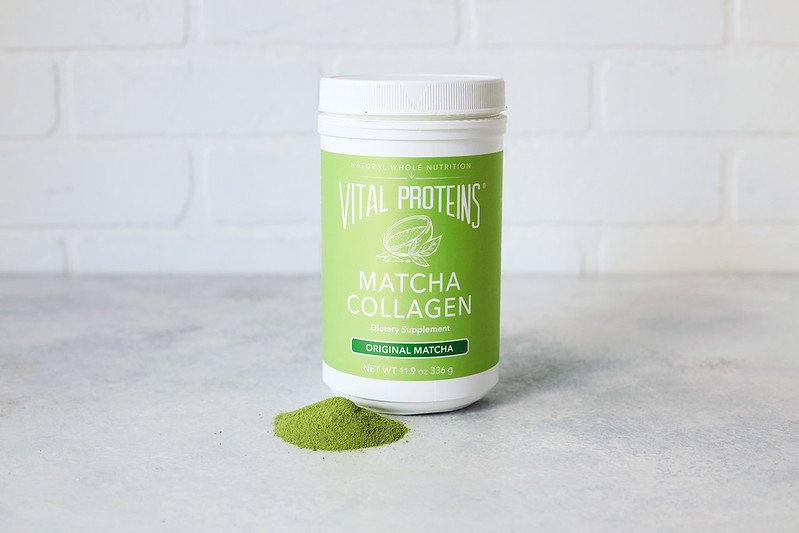The world population is aging and life expectancy is rising. According to a publication by the United Nations, the percent of people over 65 years will increase from 9% in 2019 to 16% in 2050. An increased life expectancy is associated with more illness, disability, and dependency.
Healthy aging and longer periods of good health are associated with maintaining a healthy lifestyle including healthy and balanced nutrition. Thus, the demand for healthier products that are suitable for the elderly population is in constant increase.
Effective antioxidants may assist with the promotion of healthy aging.
The Role of Oxidative Stress in Aging
Human aging is a dynamic and progressive process, associated with biological, physiological, environmental, psychological, and behavioral changes.
Oxidative stress is the imbalance between Reactive Oxygen Species (ROS) production and antioxidant defenses. Our body produces ROS during normal metabolic functions of the human body.
With age, the efficiency of the antioxidative and repair mechanisms in the body decrease [1].
Long term exposure to a high amount of Reactive Oxygen Species (ROS) results in oxidative stress and leads to extended mitochondrial dysfunction. In the elderly, it may affect cardiovascular, brain, eye, immune, muscle, and skin health.
The use of effective antioxidants may assist with the promotion of healthy aging and longevity.
Astaxanthin Benefits for Healthy Aging
Astaxanthin is one of the most powerful antioxidants. It is over 500 times stronger than vitamin E, much more potent than other carotenoids, and several thousand times more powerful than vitamin C [2, 3]. The potential health benefits of astaxanthin have been widely studied in more than 500 clinical and pre-clinical studies worldwide.
Due to its unique structure which situates it through the cell membrane, astaxanthin can help protect cells from both internal and external oxidative stressors.
Astaxanthin is bioavailable in many organs and tissues such as muscles, skin, lungs, and heart. It can also cross the blood-brain and blood-retinal barriers, – thus achieving a multitude of health-related benefits.
Astaxanthin has been used as a dietary supplement for over 30 years and is considered very safe.
Cardiovascular Health
Cardiovascular health depends on the proper functioning of the heart, arteries, and veins. Oxidative stress plays an important role in several processes that can lead to poor cardiovascular health, such as:
- Endothelial dysfunction (an abnormal function of the cells in the artery walls)
- Oxidation of lipids and proteins (which can cause abnormal cell functioning)
- Cholesterol imbalances.
Several recent studies have assessed the ability of astaxanthin to help maintain a healthy cholesterol balance, decrease oxidation of lipids, and improve oxidative status [4].
Eye Health
The eye is particularly vulnerable to oxidative stress due to its extensive exposure to light, its rich content of mitochondria, and the high metabolic rate of photoreceptors. Antioxidants are the first line of defense for the human eye against these stressors.
The effect of astaxanthin on the eyes was reported in several clinical studies. The beneficial effects were shown against the negative effects of UV radiation and macular degeneration [5]. An additional clinical clinical study showed a beneficial effect on the blood flow to the eye in aging people [6].
Skin Health
Photoaging is the cause of most age-related changes in the skin. When skin is exposed to sunlight, the UV rays damage the skin through the production of free radicals which can degrade collagen and cause DNA-damage. This can result in sunburn, swelling and inflammation, aging, and even carcinogenesis. Astaxanthin derived from microalgae was shown to protect the skin from UV radiation and thus have anti photoaging effects [7].
Clinical studies showed improvement in skin elasticity and moisture and reduction in age spots size and wrinkles following oral consumption of Astaxanthin [8].
Immune System Function
Astaxanthin helps support a resilient immune system by defending the cells from Reactive Oxygen Species (ROS). Immune cells produce ROS as part of the anti-pathogen response and thus are particularly prone to induced oxidative stress damage. According to a double-blind randomized trial, the key benefits of natural Astaxanthin to immunity include antibody production, immune cell proliferation, antioxidant activity, and anti-inflammatory effects [9].
Muscles Strength and Volume
In advanced age, there is a decline in the size and number of skeletal muscle fibers leading to loss of skeletal muscle mass and strength. The weakened muscles can cause loss of function, disability, and frailty. A study with healthy elderly subjects has shown that astaxanthin improves muscle size and strength. The use of Astaxanthin in combination with a functional training program improved muscle strength, endurance, and mobility in the elderly [10].
Brain and Cognition
Astaxanthin crosses the blood-brain barrier, which allows for potential beneficial effects on the brain. A pre-clinical study suggests that the powerful antioxidant properties of astaxanthin can slow down brain aging by increasing brain-derived neurotrophic factor (BDNF) levels in the central nervous system [11].
Clinical studies that evaluated the effects of astaxanthin on cognitive functions in elderly people showed better task performance and improvement in working memory.
Conclusion
Astaxanthin is one of the most powerful antioxidants which can support optimizing health at the cellular level. Multiple studies support the effectiveness of astaxanthin supplementation for preventing age-related damage to organs such as the heart, brain, eyes, and skin.
References:
- https://www.ncbi.nlm.nih.gov/pmc/articles/PMC3836174/
- https://pubmed.ncbi.nlm.nih.gov/10775364/
- https://www.researchgate.net/publication/285255302
- https://pubmed.ncbi.nlm.nih.gov/21964877/
- https://pubmed.ncbi.nlm.nih.gov/20205737/
- https://pubmed.ncbi.nlm.nih.gov/22072378/
- https://pubmed.ncbi.nlm.nih.gov/28751807/
- https://pubmed.ncbi.nlm.nih.gov/22428137/
- https://pubmed.ncbi.nlm.nih.gov/20205737/
- https://pubmed.ncbi.nlm.nih.gov/30259703/
- https://pubs.rsc.org/lv/content/articlehtml/2014/fo/c3fo60400d





















.webp)






